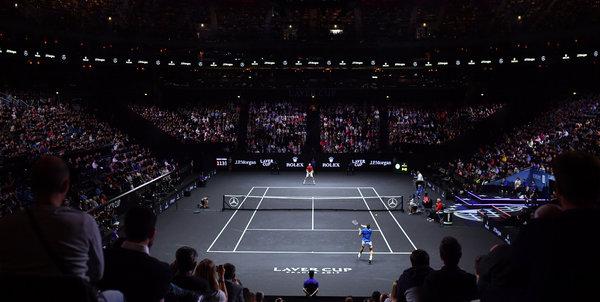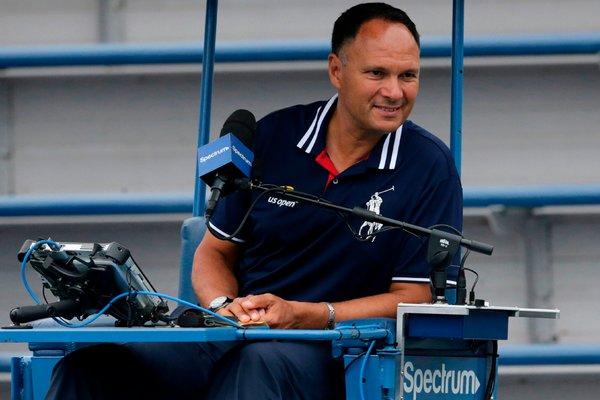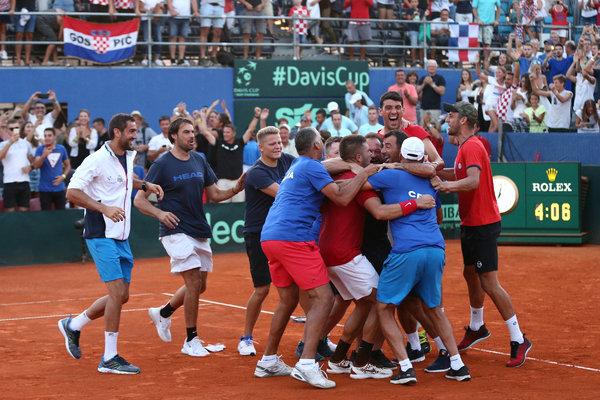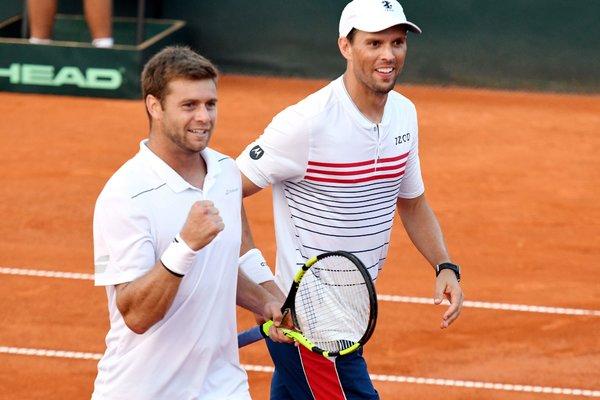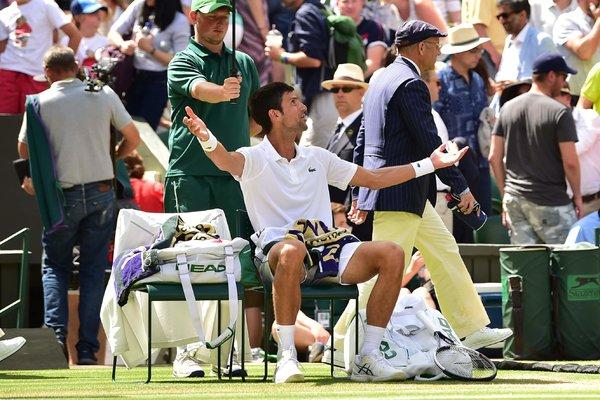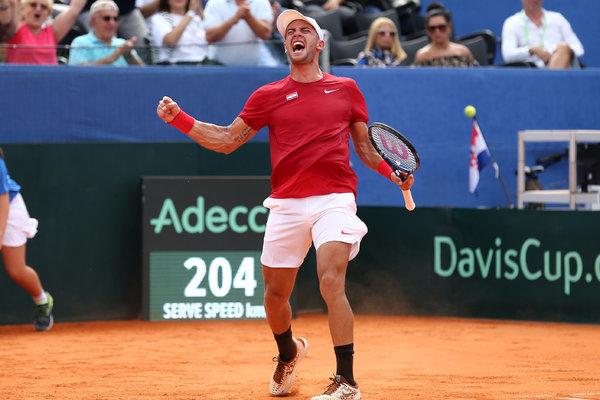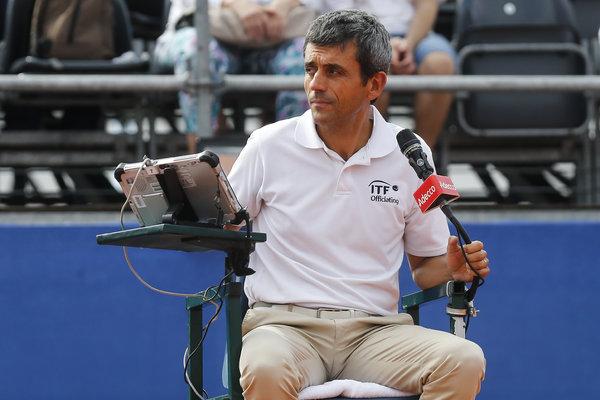Supported by
Laver Cup Honors the Past With a Tournament of Stars
How do you “honor the past, celebrate the current and bring together the future stars” of tennis in just three days?
If you’re Tony Godsick, agent to Roger Federer of Switzerland, and driving force behind the Laver Cup, whose second edition will be played in Chicago this weekend, the answer is simple. You pit a handpicked team of European stars and emerging talent against a rest-of-the-world team in a briskly paced competition named for the man synonymous with professionalizing the men’s game.
“Three and a half years ago,” Godsick said, “I was driving back with Roger from an event in Shanghai, and he tapped me on the shoulder and said, ‘Do you know that I make more money from a one-night exhibition than Rod Laver made in his entire career?’ And he won 200 titles. And I said: ‘I didn’t. But we should do something to honor him.’ Because we would be nowhere without the sacrifices, not just of Rod, but all his contemporaries.”
It’s not an entirely altruistic move. Federer’s reputation as a player who understands the transcendent potential for his own brand to last well beyond his playing days is well documented and was recently demonstrated by a 10-year Uniqlo sponsorship deal, negotiated by Godsick, which would have been remarkable for any player, let alone one nearing the end of his playing career. In taking a lead in honoring Laver, Federer and his agent are reminding the public of the Swiss player’s place among the elite players.
But Godsick is also at pains to emphasize the need for tennis to innovate in a fragmented sporting marketplace.
“From the beginning of the Laver Cup,” he said, “I reached out to every single governing body in men’s tennis, including all four Grand Slams, including the I.T.F., including the ATP, for the last three years, saying: ‘Hey, we need to work together to help grow the sport. We’ve got other competition out there from other sports. Let’s not cannibalize ourselves.’”
Godsick originally envisaged that the Laver Cup could rotate among the four Grand Slam venues, pointing out that “they’ll have collectively spent $1 billion by 2020 upgrading the facilities to put roofs over the stadiums. And what a crime it is to basically run two weeks of tennis and then that’s it — you don’t use them.”
He describes those conversations as continuing, but for now the tournament is bringing top-flight tennis to Chicago and aiming to build from a compelling first impression from the tournament’s debut in Prague in 2017.
There, audiences were treated to such novelties as Federer and Rafael Nadal, the dominant rivals of the last 15 years, playing as a doubles pairing on a visually striking all-black court. Matches were played with formats designed for rapid resolutions, and while the publicity highlighted the storied pedigrees of the competitors and those who had inspired them, the message was also clearly targeted at luring new millennial audiences.
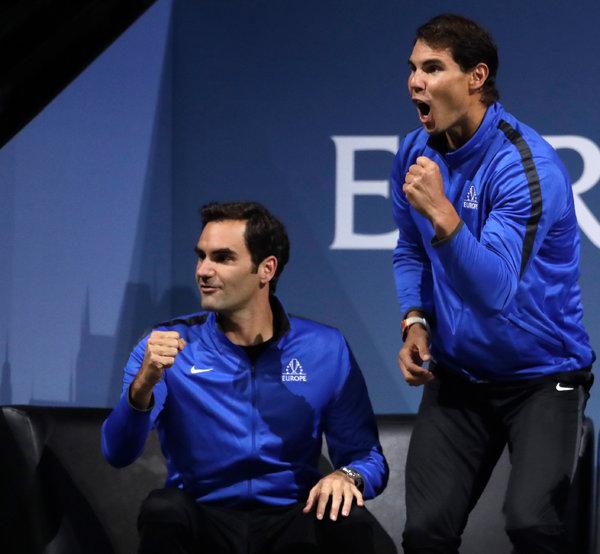
Godsick said that tennis must be careful about the integrity of the sport, but that it still must innovate.
“We have too much competition,” he said. “You look at the last World Cup. What an amazing spectacle that was. The whole world was captivated by it. Tennis is obviously not as big of a sport, but we’ve got to put events out there for the public to consume, for TV to consume, for the media to consume, to help us get to the next level.”
The Laver Cup owes its model of regional teams captained by veteran stars (Bjorn Borg and John McEnroe are this year’s captains) largely to golf’s Ryder Cup. But the Laver Cup is trying to gain initial traction within the short attention spans and looser national affiliations of the internet and globalization era.
Godsick concedes that expecting viewers to identify with the regions of the competition will take time and that there is an arbitrary quality to dividing players who spend their professional lives on the same international circuit, though he expects to see fans wearing the reds and blues of the opposing teams in Chicago. He insists that “this is not an all-star show, or stuff like that. This is a serious competition with serious players.”
Nadal, who won’t be playing in Chicago, expressed that view at a news conference before the inaugural event last year. “I wake up today at 6 a.m. in the morning to practice,” he said. “I don’t practice for an exhibition match. We are here to try our best and try to win.”
The Laver Cup organizers have generally stayed clear of any direct comparison with the existing pre-eminent team competition, the Davis Cup, which was overhauled last month in its own attempt to balance tradition and the demands of the modern tour.
Godsick invokes the multiple format differences between the two in claiming to be “perplexed” by the comparison. He does acknowledge, however, that in getting to choose a format that intensifies the concentration of stars over a short period, the Laver Cup has a natural marketing advantage in the number of elite players it can present.
Ultimately, Godsick sees the success of the format as being judged by the depths of the fields it produces.
“This is a sport that’s driven by stars,” he said. “There’s no way around that. People don’t come out to see administrators play tennis — they come out to see the stars play tennis. So this was just a concept and a format that over one weekend produces a spectacle that people will not see at any other event in the sport of tennis.”
As for whether the Laver Cup represents the most viable way forward for team tennis, Godsick is optimistic about the outcome of what he calls “a wonderful debate.”
“There’s chaos in tennis now, and I’m of the belief that where there’s chaos there’s opportunity. And I do believe that the future of tennis will be extremely bright and sanity will prevail.”
- The Plot to Subvert an Election: Unraveling the Russia Story So Far
- Trump Says if Attack on Kavanaugh Accuser Was ‘as Bad as She Says,’ Charges Would Have Been Filed
- The Brothel Empire and the Ex-Detective, Always One Step Ahead of the Law
- Dianne Feinstein Rode One Court Fight to the Senate. Another Has Left Her Under Siege.
- China’s Sea Control Is a Done Deal, ‘Short of War With the U.S.’
- Sloan Kettering’s Cozy Deal With Start-Up Ignites a New Uproar
- Hard-Line Vietnamese President, Tran Dai Quang, Dies at 61
- Opinion: How Strong Does the Evidence Against Kavanaugh Need to Be?
- Opinion: Making Tariffs Corrupt Again
- Ice Surveys and Neckties at Dinner: Here’s Life at an Arctic Outpost
Advertisement
The article "Laver Cup Honors the Past With a Tournament of Stars" was originally published on https://www.nytimes.com/2018/09/19/sports/tennis/laver-cup-tennis-chicago.html?partner=rss&emc=rss


